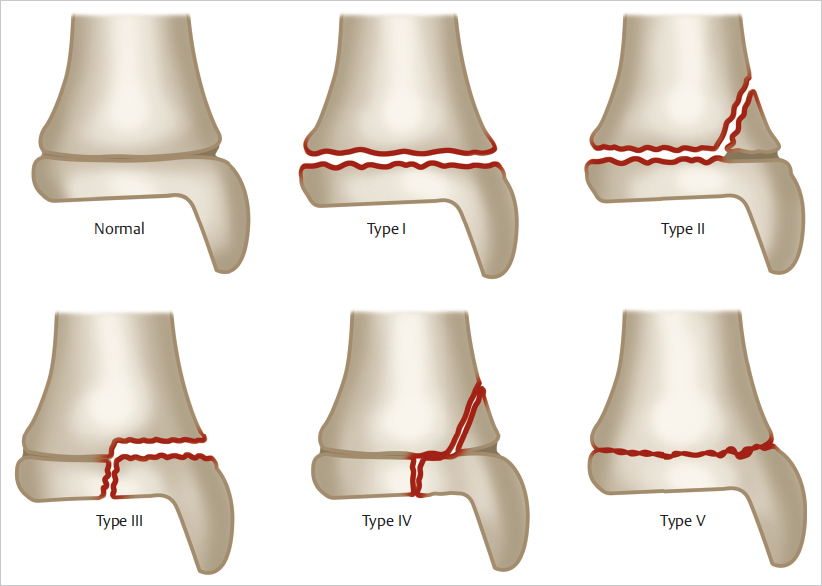Treatment of Complex Fractures
Fracture management whether acute or chronic, has its own difficulties as IT is completely unpredictable—There are no fixed templates just broad guidelines and principles which have to be modified as per fracture morphology. Intraarticular fractures (Fracture involving joint surfaces in addition to the bone) are most challenging as proper joint reconstruction besides fracture fixation is crucial to prevent long term degeneration.
HIP FRACTURES
HIP Fractures have a special relevance as they are the most common and are now occurring with increasing frequency. These fractures occur mainly in the elderly population and with increase longevity, the numbers are only increasing compounded by Osteoporosis seen most frequently in post-menopausal elderly women. The preexisting medical comorbidities complicate surgical management of these injuries in the elderly.
GIRF=Getting It Right First time is the guiding mantra for these hip fractures in the elderly, taking into account the fracture morphology, bone quality and medical co morbidities. One size does not Fit all—Innovative treatment strategies need to be followed surgically and to be supplemented with appropriate medical treatment of Osteoporosis as there is a definite chance of more fractures.
The underlying osteoporosis if not recognized and treated can cause catastrophic failure of hip fracture fixations needing complex revision surgery.
Pediatric Fractures
 Fractures in children are different from adult fractures as the growth plates are still open and management needs to keep that in mind. The principles though similar, the repercussions are seen in form of growth disturbances leading to deformities which impact function and cosmesis in adult life.
Fractures in children are different from adult fractures as the growth plates are still open and management needs to keep that in mind. The principles though similar, the repercussions are seen in form of growth disturbances leading to deformities which impact function and cosmesis in adult life. 